US Navy names assault ship after operations that killed hundreds of Iraqi civilians
The United States Navy has named a next-generation helicopter assault ship the USS Fallujah, almost two decades after the western Iraqi city was the scene of bloody battles that killed hundreds of civilians.
Navy Secretary Carlos Del Toro said in a speech at Marine Barracks in Washington, DC that the new amphibious assault ship was named in such a way to pay tribute to the 2004 battles in Fallujah, located nearly 69 kilometers (43 miles) west of the Iraqi capital Baghdad on the Euphrates, during the US-led invasion of Iraq.
Del Toro called it an honor to the US nation to memorialize Marines, soldiers and coalition forces that took part in the First and Second Battles of Fallujah and lost their lives in the process.
The goal of the First Battle of Fallujah, code-named Operation Vigilant Resolve, in April 2004 was to apprehend or eliminate militants, who were believed to be responsible for the death of four US contractors.
The Second Battle of Fallujah, codenamed Operation Phantom Fury, was fought by US and British occupation troops in November 2004. It lasted nearly 6 weeks to fully capture the city.
US forces suffered their heaviest losses of the Iraq war in Fallujah – 27 US troops were killed in the first campaign and 82 died during the second attempt.
The US-led coalition conducted a devastating bombing campaign before their second attack, forcing some 300,000 civilians to flee.
Between 30,000 and 40,000 civilians remained trapped in Fallujah during the assault, living through what the International Committee of the Red Cross (ICRC) described at the time as a “catastrophic” humanitarian situation.
The ICRC announced immediately after the battle that some 800 Iraqi civilians were killed in the fighting. It later accused the US of using white phosphorus as a weapon to defeat the militants.
To this day, babies born in Fallujah have suffered disproportionately high levels of birth defects, including congenital heart disease, gastroschisis (where the digestive system is found outside the baby's body), and Spina Bifida.
One of the most documented reasons for the birth defects has been the lingering impact of uranium in the local environment, a remnant of the US bombardment.

Ayatollah Sistani offers condolences on passing of Pope, hails his role in promoting peace
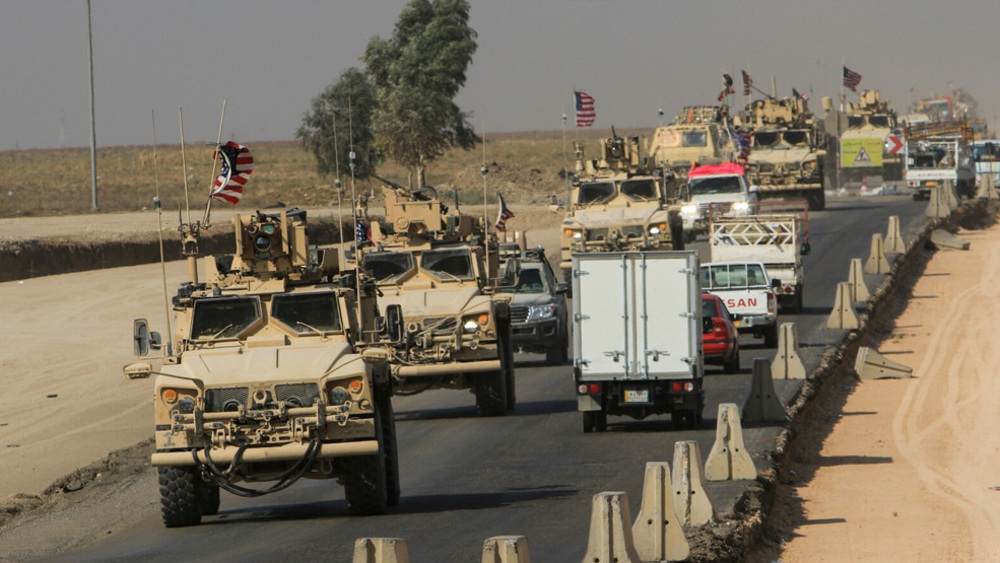
US arms convoys enter Iraqi Ain al-Asad base from Syria: Report

Syria’s self-proclaimed president can be arrested if he visits Baghdad: Iraqi figure
On arrival in Beijing, Araghchi says China, Russia Iran’s strategic partners
Gaza facing 'unprecedented humanitarian catastrophe': Hamas
VIDEO | Poll: Majority of Americans disapprove of Trump’s economic plans
VIDEO | Yemeni ballistic missile triggers sirens in Israeli-occupied lands
VIDEO | Iran-China-Russia partnership
VIDEO | Press TV's news headlines
Netanyahu’s anger source of joy for us: Ansarullah
Iran, China working resolutely to safeguard mutual interests: Tehran says as FM departs for Beijing



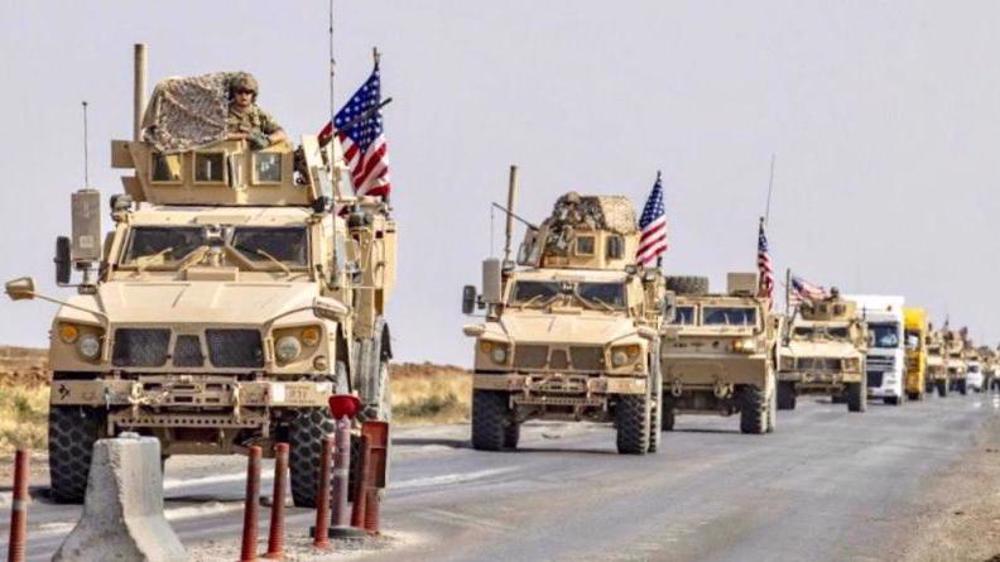
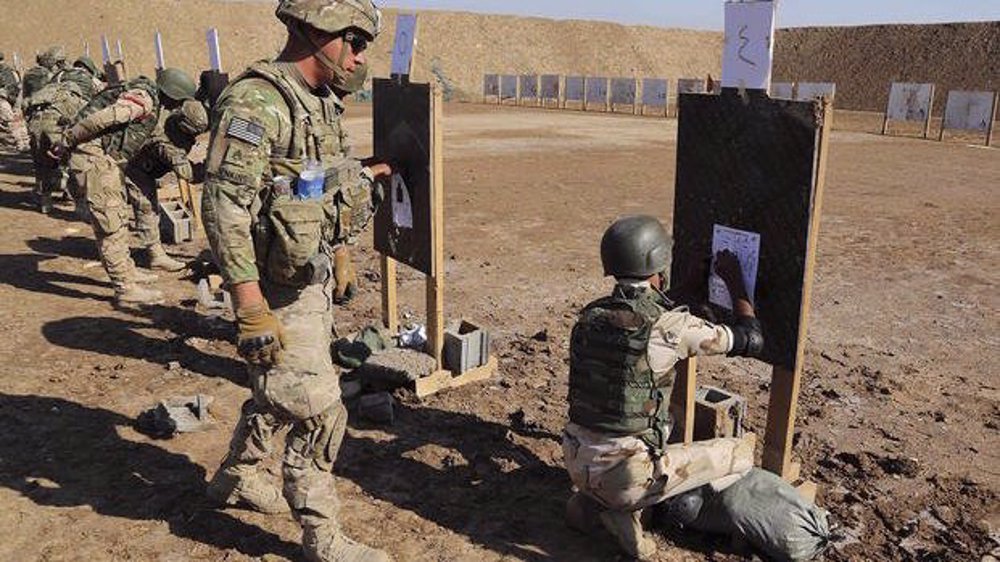





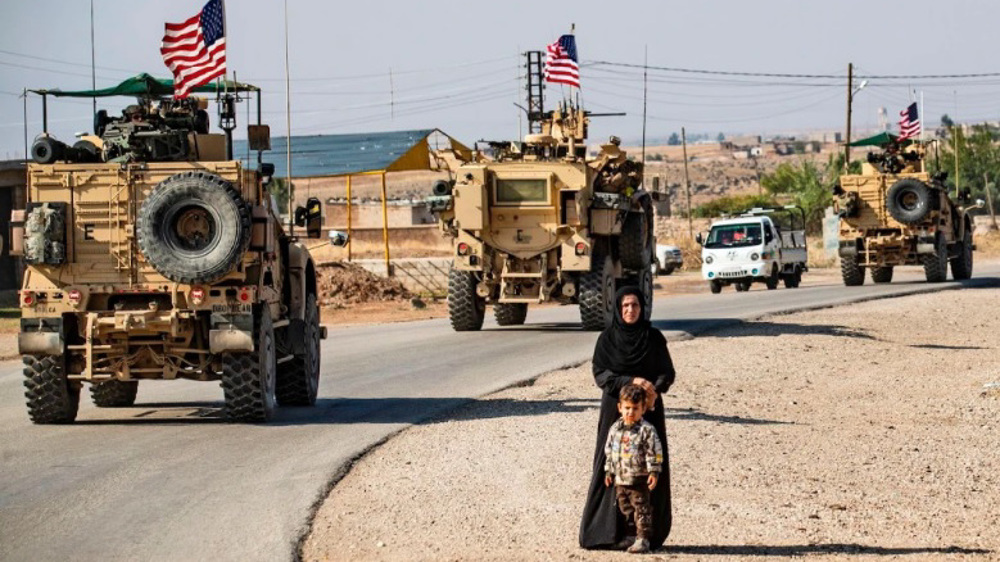
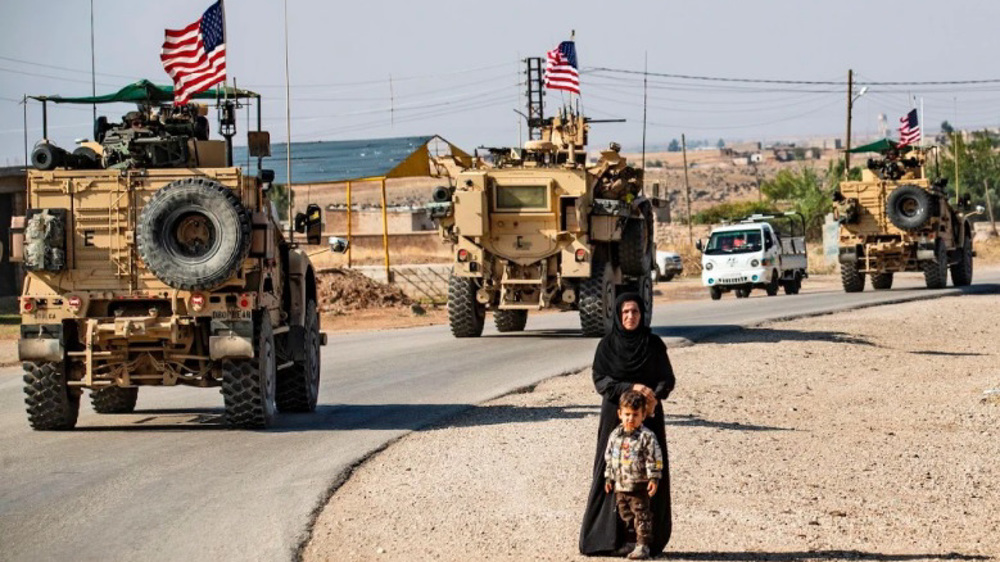
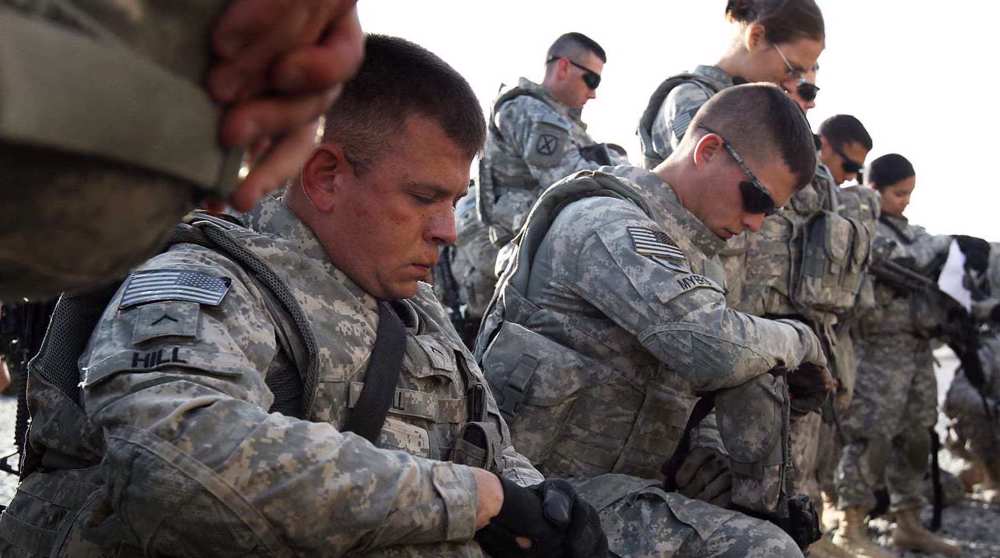
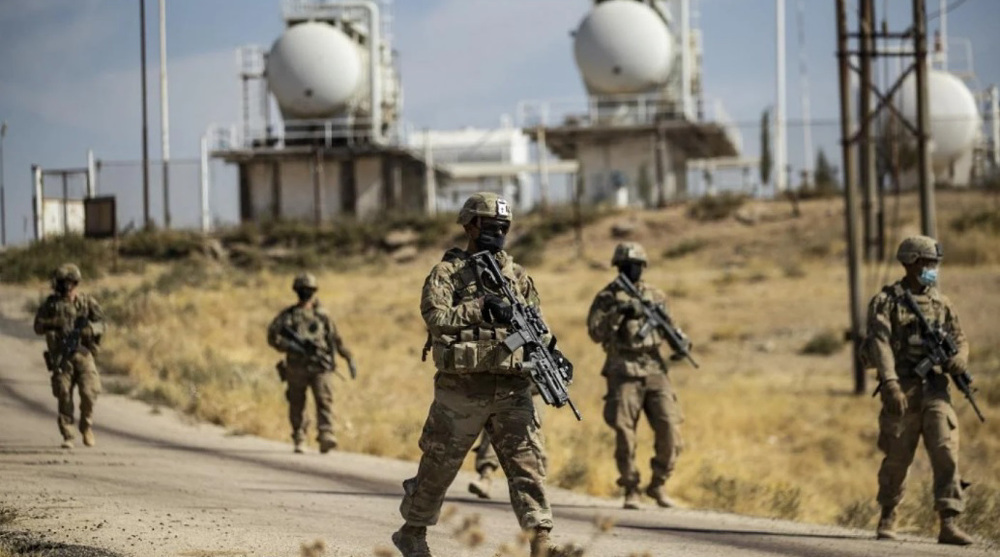

 This makes it easy to access the Press TV website
This makes it easy to access the Press TV website